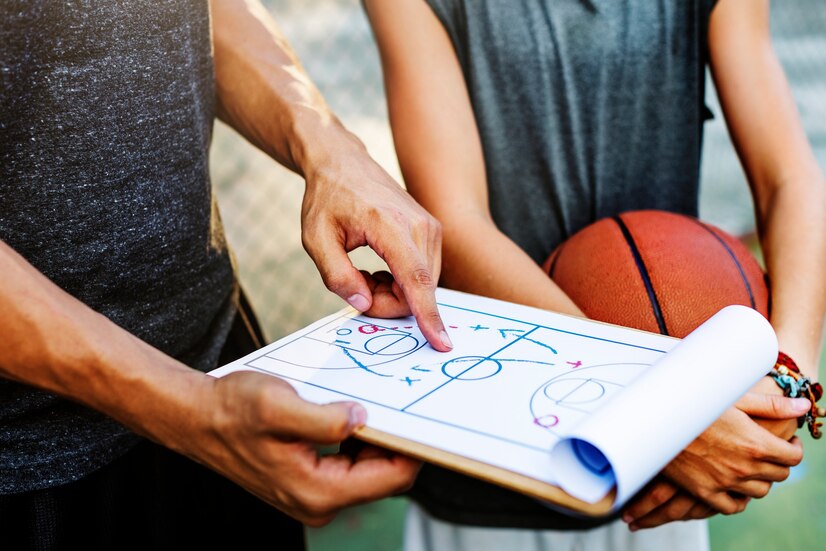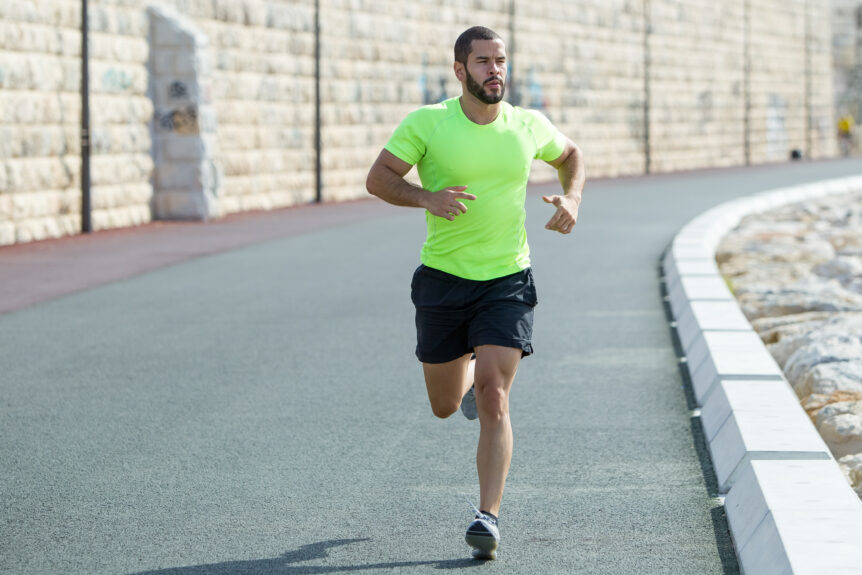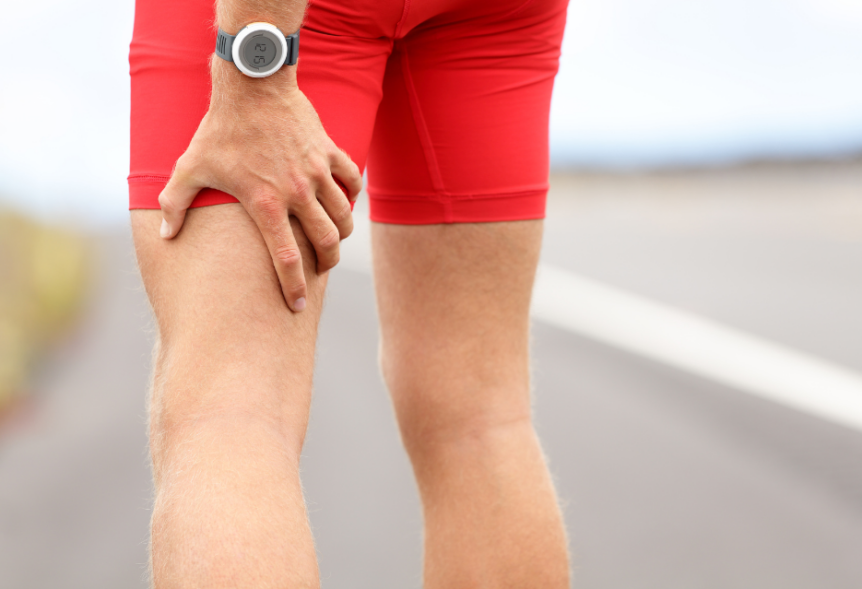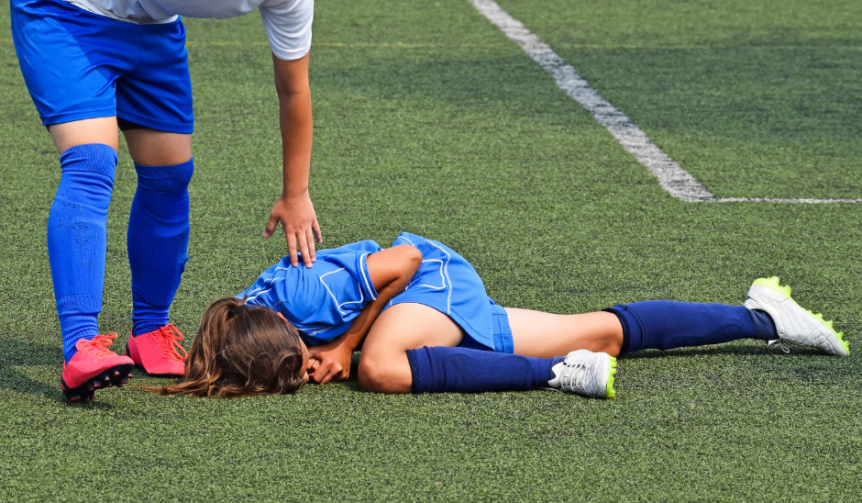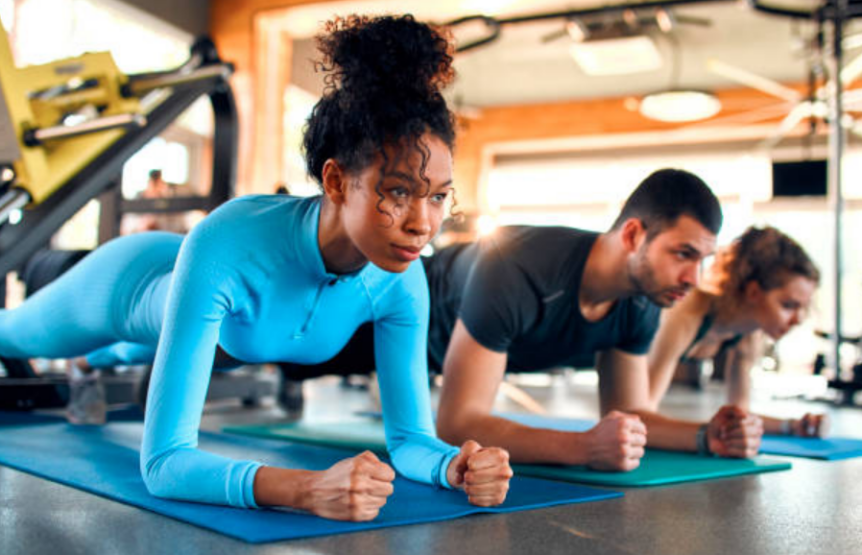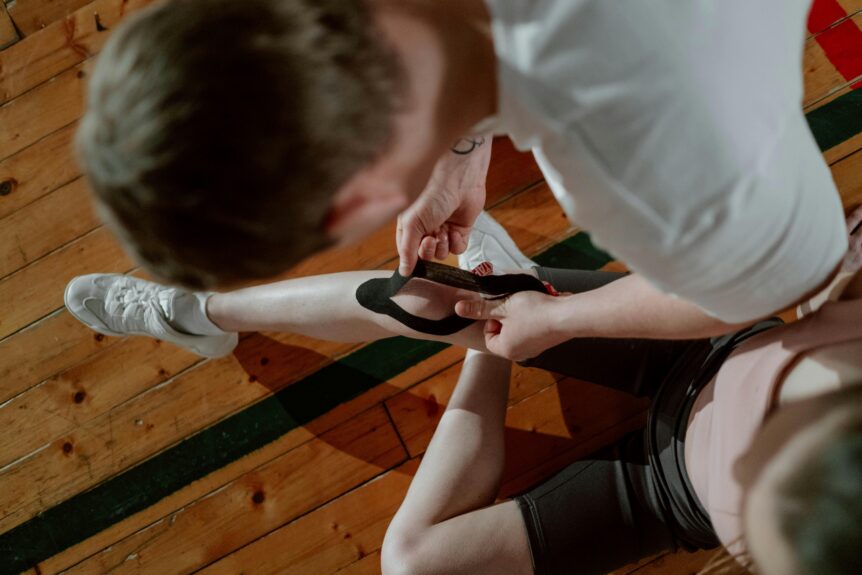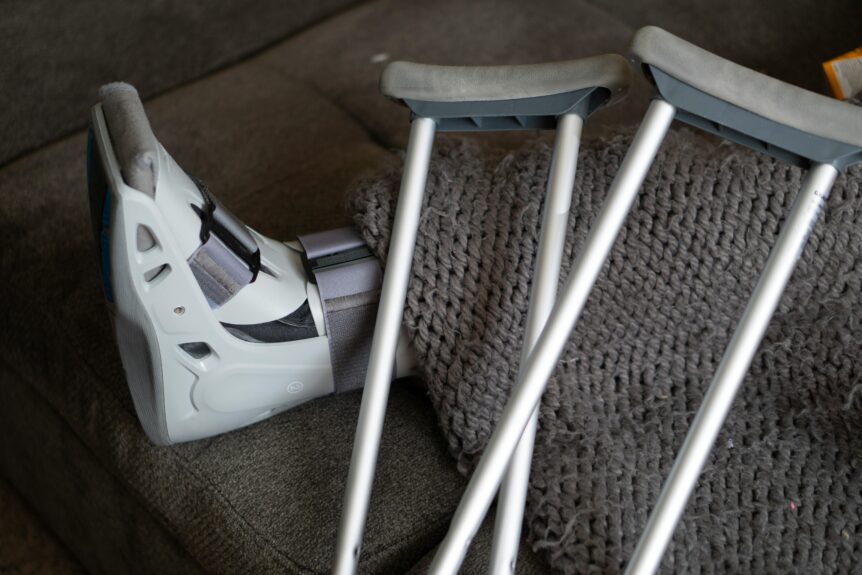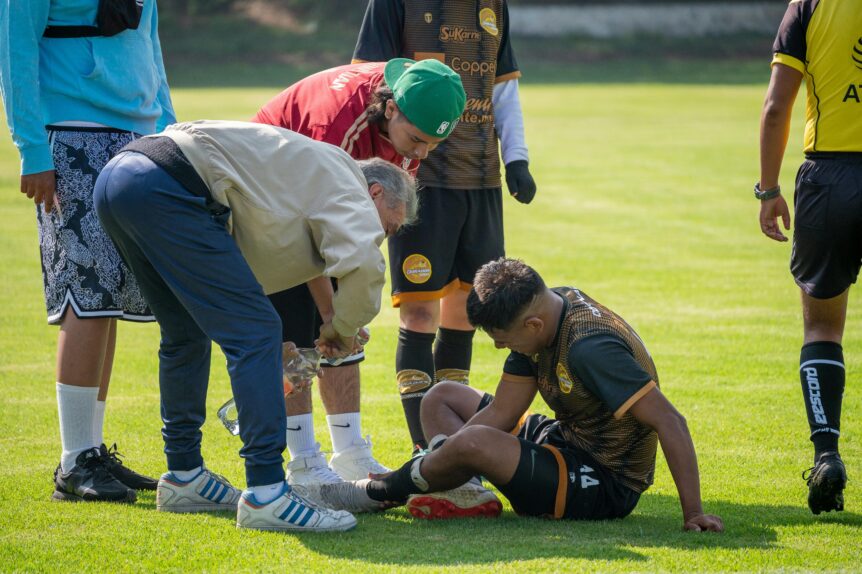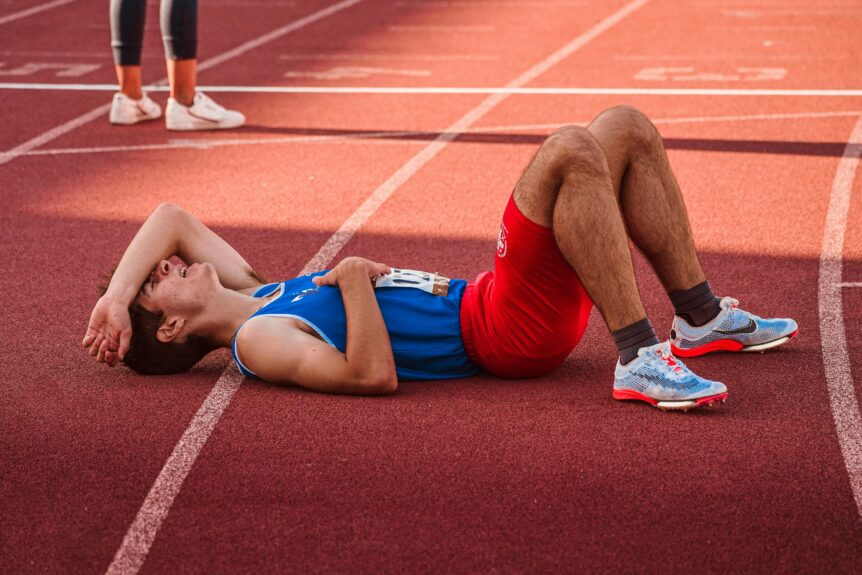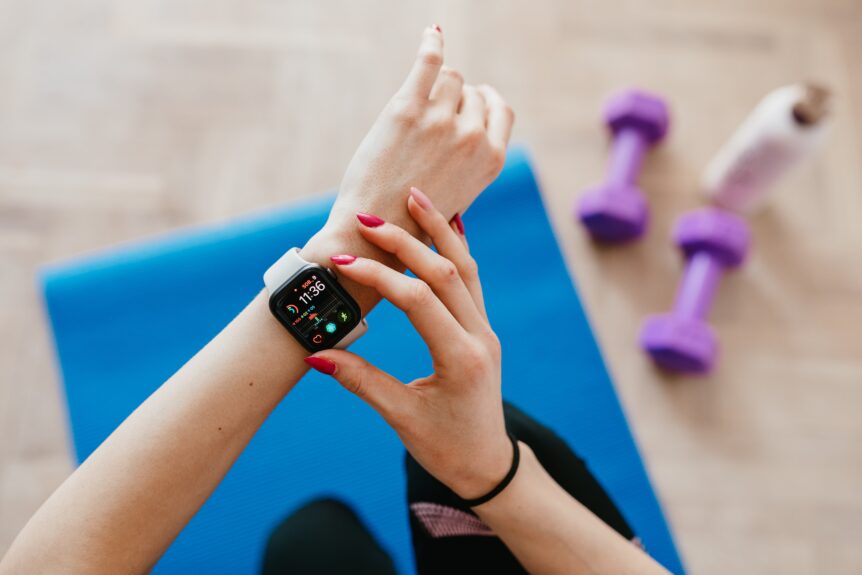Wilson, P. J., Roe, G. & Kiely, J. J. strength Cond. Res. (2024) Decision-making is a critical component of performance support staff responsibilities, yet research exploring staff perceptions relating to key facets of decision-making is lacking. This study aimed to explore perceptions of performance support staff relating to; the importance of decision-making in their role, the value of team decision-making, …
Using Self-Reported Training Characteristics to Better Understand Who Is More Likely to Sustain Running-Related Injuries Than Others: The Garmin-RUNSAFE Running Health Study
Abrahamson J, Lindman I, Eriksen MB, Kibsgaard A, Nielsen RO. Scandinavian Journal of Medicine & Science in Sports. 2025 Jan;35(1):e70004. Running is a popular form of physical activity, yet it comes with risks, including running-related injuries (RRIs). This cohort study aimed to use self-reported baseline data on running experience, weekly running frequency, greatest running distance in 1 week, and running program …
Effect of cold‐water immersion treatment on recovery from exercise‐induced muscle damage in the hamstring
Huang, Y., Chou, T., Chen, T. C. & Chen, H.Eur. J. Sport Sci. (2024) This study investigated the effect of five consecutive days of cold-water immersion (CWI) on recovery from exercise-induced muscle damage (EIMD) in the hamstrings following maximal eccentric contraction (EC) exercise. Eighteen healthy adult women were randomly assigned to a CWI group and a control group (CG) (n = 9/group). …
Match workload and international travel associated with (ACL) injuries in professional women’s football
Hollander, S. den, Culvin, A., Kerkhoffs, G. & Gouttebarge, V. Eur. J. Sport Sci. (2024). Women’s football has grown in popularity, competitiveness and professionalism, increasing the demands placed on players and their injury risk. This study aimed to identify differences in the match workload and international travel between injured and non-injured professional women’s footballers. The study was conducted as an …
Training muscles to keep the aging brain fit
Burtscher, J. & Burtscher, M J. Sport Heal. Sci. 13, 761–763 (2024). This paper explores the relationship between physical exercise and brain health in older adults. Aging is associated with declines in cellular, tissue, and systemic functions, leading to cognitive decline and increased vulnerability to diseases like dementia. Regular exercise can counteract aging effects by improving cellular stress responses, mitochondrial …
Is it time to develop specific return to running criteria for ACL rehabilitation? An international survey of physiotherapists criteria for return to running following ACL injury
Sayer, T. A., Melick, N. van, Riera, J., Jackson, J., Bryant, A., Bogie, R., Cross, N., Edouard, P. & Rambaud, A.Phys. Ther. Sport 67, 19–24 (2024). To determine return to running criteria currently used by physiotherapists following anterior cruciate ligament (ACL) injury. Self-reported online international survey. An online survey of physiotherapists across Australia, the Netherlands, and France. A total of …
Are we asking the right questions to people with Achilles tendinopathy? The best questions to distinguish mild versus severe disability to improve your clinical management
Murphy, M. C., Green, B., Amundarain, I. S., Vos, R.-J. de & Rio, E. K. hys. Ther. Sport 67, 54–60 (2024). Determine the capacity of individual items on the Tendinopathy Severity Assessment – Achilles (TENDINS-A), Foot and Ankle Outcome Score (FAOS), and Victorian Institute of Sports Assessment – Achilles (VISA-A) to differentiate patients with mild and severe tendon-related disability in …
Orchard Sports Injury and Illness Classification System (OSIICS) Version 15
Orchard, J. W., Rio, E., Crossley, K. M., Orchard, J. J. & Mountjoy, M. J. Sport Heal. Sci. 13, 599–604 (2024). Sports medicine (injury and illnesses) requires distinct coding systems because the International Classification of Diseases is insufficient for sports medicine coding. The Orchard Sports Injury and Illness Classification System (OSIICS) is one of two sports medicine coding systems recommended …
Immediate Bystander Cardiopulmonary Resuscitation to Sudden Cardiac Arrest During Sports is Associated with Improved Survival—a Video Analysis.
Achilles tendinopathy (AT) is a common problem among runners. There is only limited evidence for risk factors for AT, and most studies have not defined the AT subcategories. No study has compared the incidence and risk factors between insertional AT and midportion AT, though they are considered distinct. This study aimed to assess incidence and risk factors of AT based …
Wearable Devices to Improve Physical Activity and Reduce Sedentary Behaviour: An Umbrella Review
Longhini, J., Marzaro, C., Bargeri, S., Palese, A., Dell’Isola, A., Turolla, A., Pillastrini, P., Battista, S., Castellini, G., Cook, C., Gianola, S. & Rossettini, G. Wearable Devices to Improve Physical Activity and Reduce Sedentary Behaviour: An Umbrella Review. Sports Med. – Open 10, 9 (2024). Several systematic reviews (SRs), with and without meta-analyses, have investigated the use of wearable devices …

